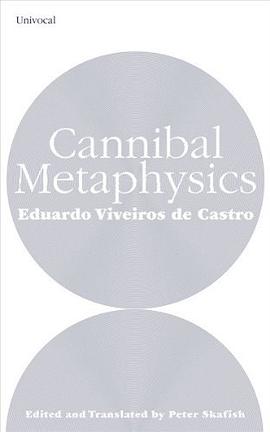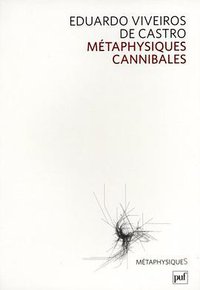
Eduardo Viveiros de Castro 译者: Peter Skafish
简介
A groundbreaking vision of anthropology as the practice of the permanent decolonization of thought
The iconoclastic Brazilian anthropologist and theoretician Eduardo Viveiros de Castro, well known in his discipline for helping initiate its “ontological turn,” offers a vision of anthropology as “the practice of the permanent decolonization of thought.” Bold, unexpected, and profound, Cannibal Metaphysics is one of the chief works marking anthropology’s current return to the theoretical center stage.
contents
lntroduction ........................................................................................ 9
by Peter Ska.fish
PART ONE
Anti-Narcissus
1 . A Remarkable Reversal. . ................................................................. 39
2. Perspectivism ............................................ ..................................... 49
3. Multinaturalism ............................................................................. 65
4. Images of Savage Thought ......................... ............... ...................... 77
PART TWO
Capitalism and Schizophrenia
from an Anthropological Point of View
5. A Curious Chiasm . . . . . . . . . . . . . . . . . . . . . . . . . . . . . . . . . . . . . . . . . . . . . . . . . . . . . . . . . . . . . . . . . . . . . . . . . 97
6. An Anti-Sociology of Multiplicities ............................................. 1 07
7. Everything is Production: Intensive Filiation ............................... 1 23
PART THREE
Demonic Alliance
8. The Metaphysics of Predation ..... ................................................. 1 3 9
9. Transversal Shamanism ... ............................................................. 1 5 1
1 0 . Production Is Not Everything: Becomings ................................. 1 59
1 1 . The System's Intensive Conditions . . . . . . . . . . . . . . . . . . . . . . . . . . . . . . . . . . . . . . . . . . . . . 1 73
PART FOUR
The Cannibal Cogito
1 2. The Enemy in the Concept ........................................................ 1 87
1 3. Becomings of Structuralism . . . . . . . . . . . . . . . . . . . . . . . . . . . . . . . . . . . . . . . . . . . . . . . . . . . . . . . 1 97
Bibliography. .................................................................................... 22 1
